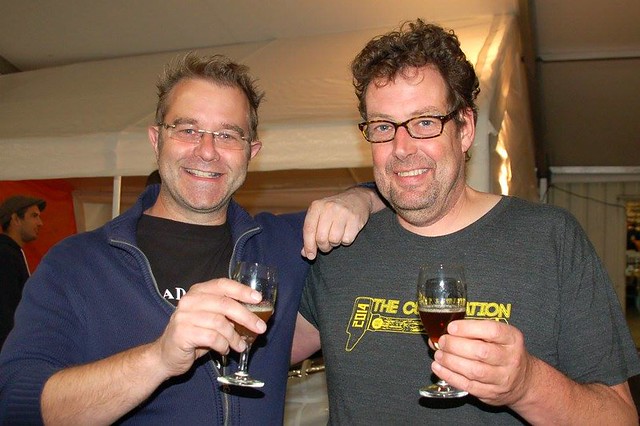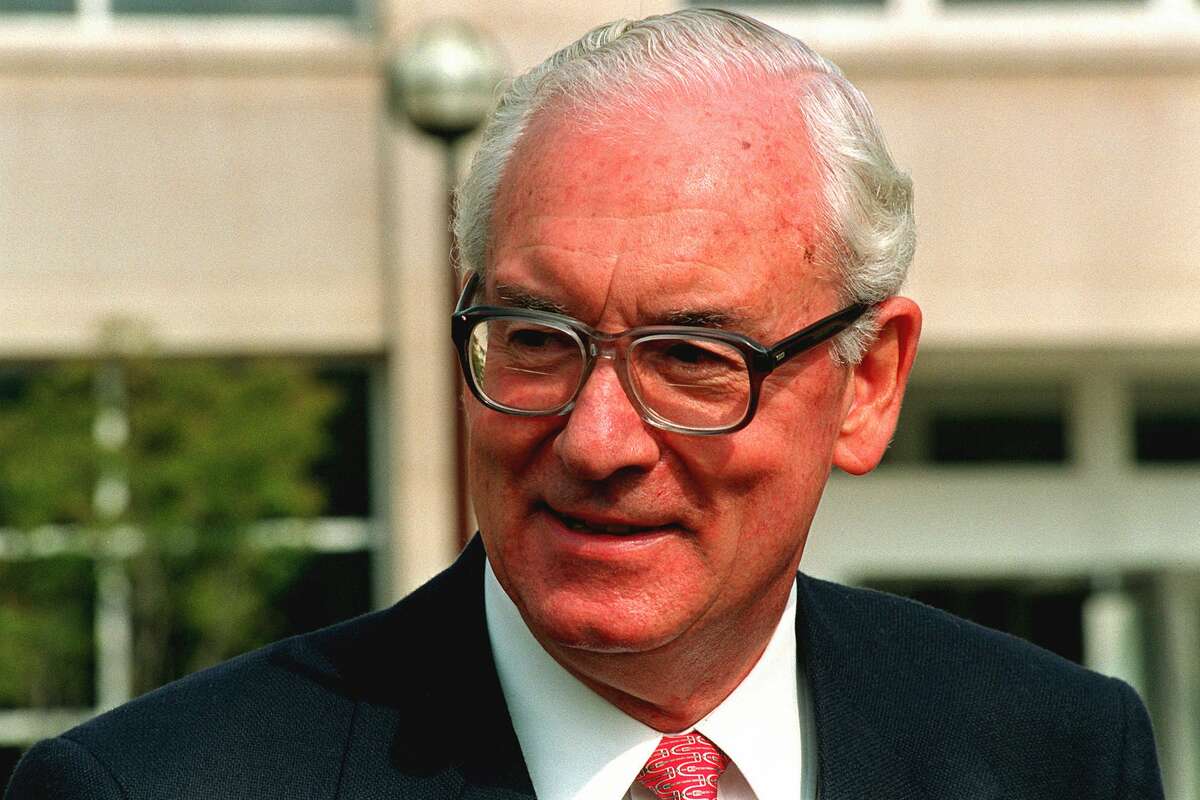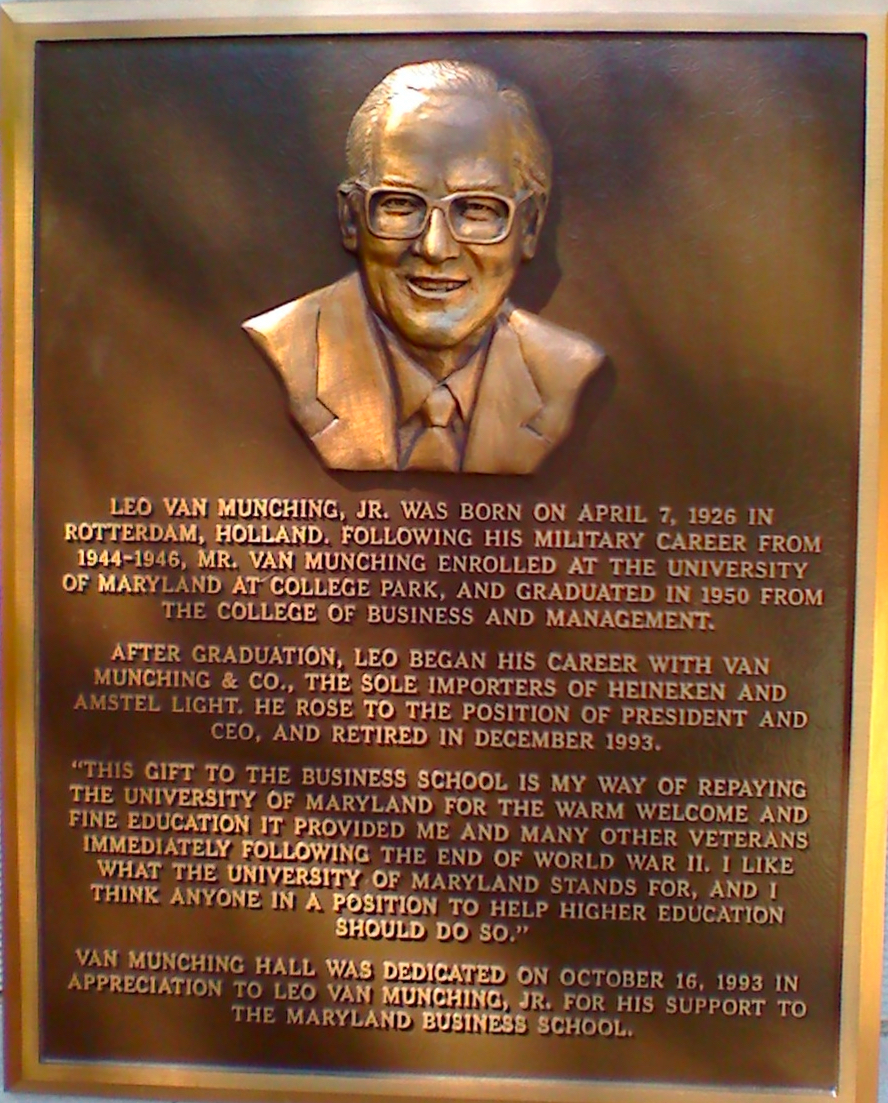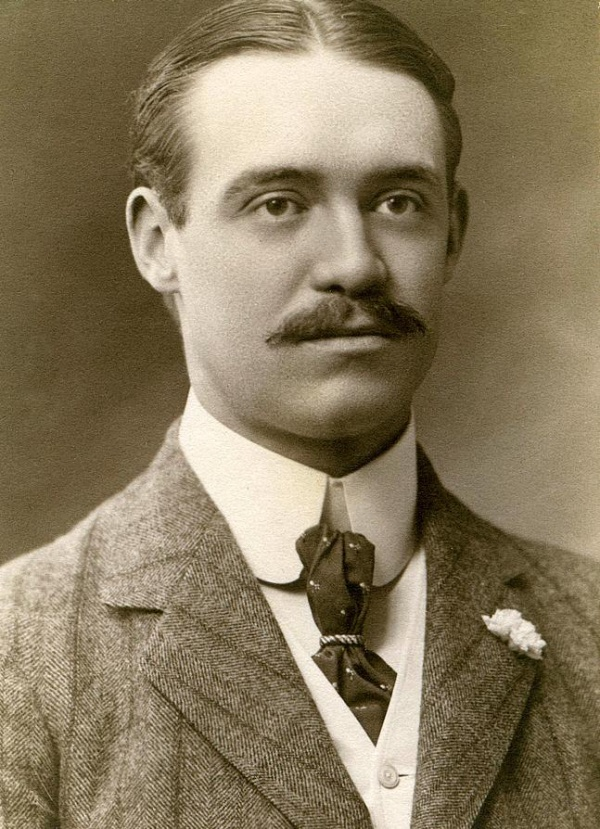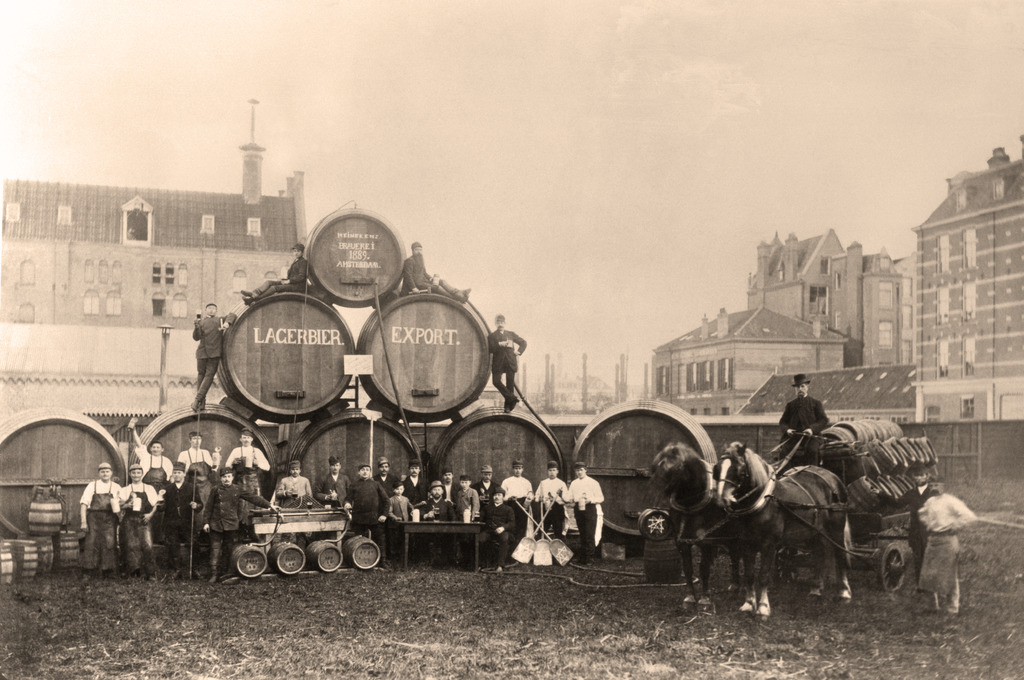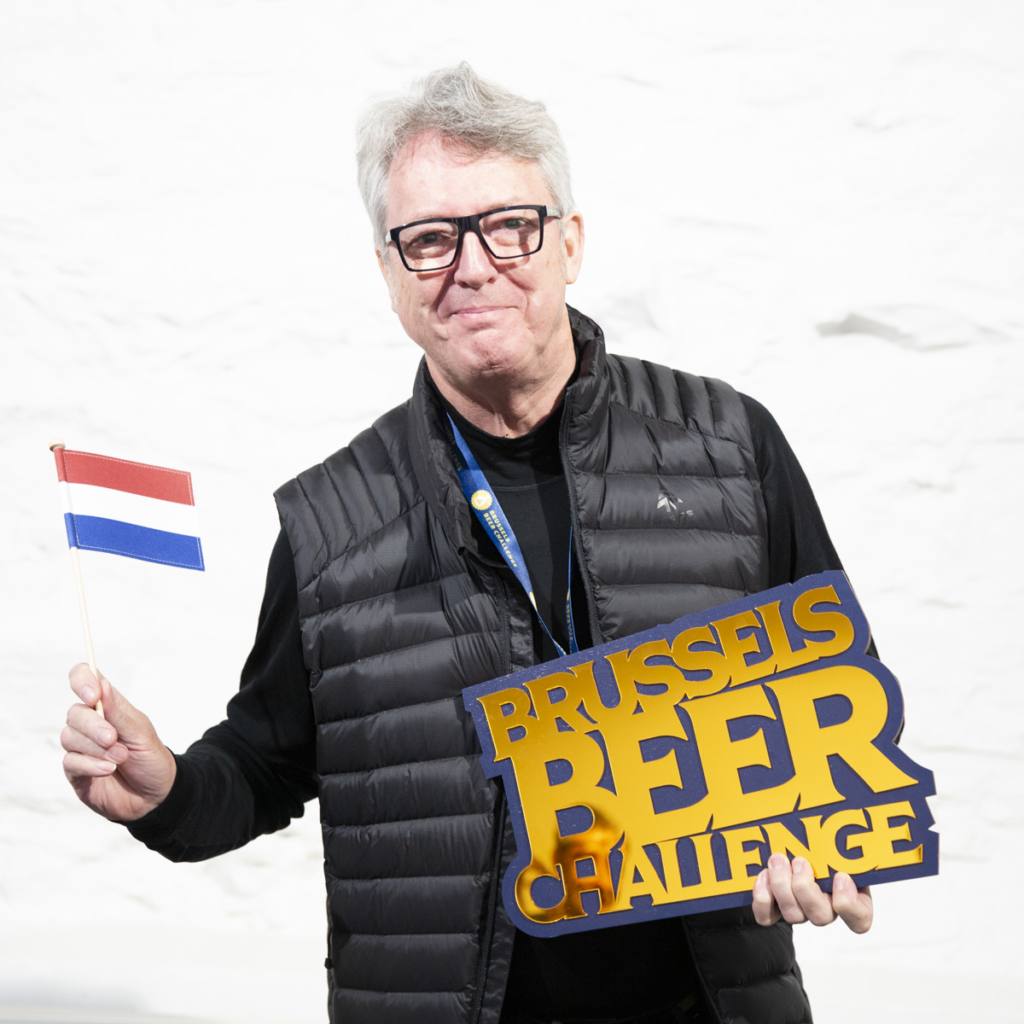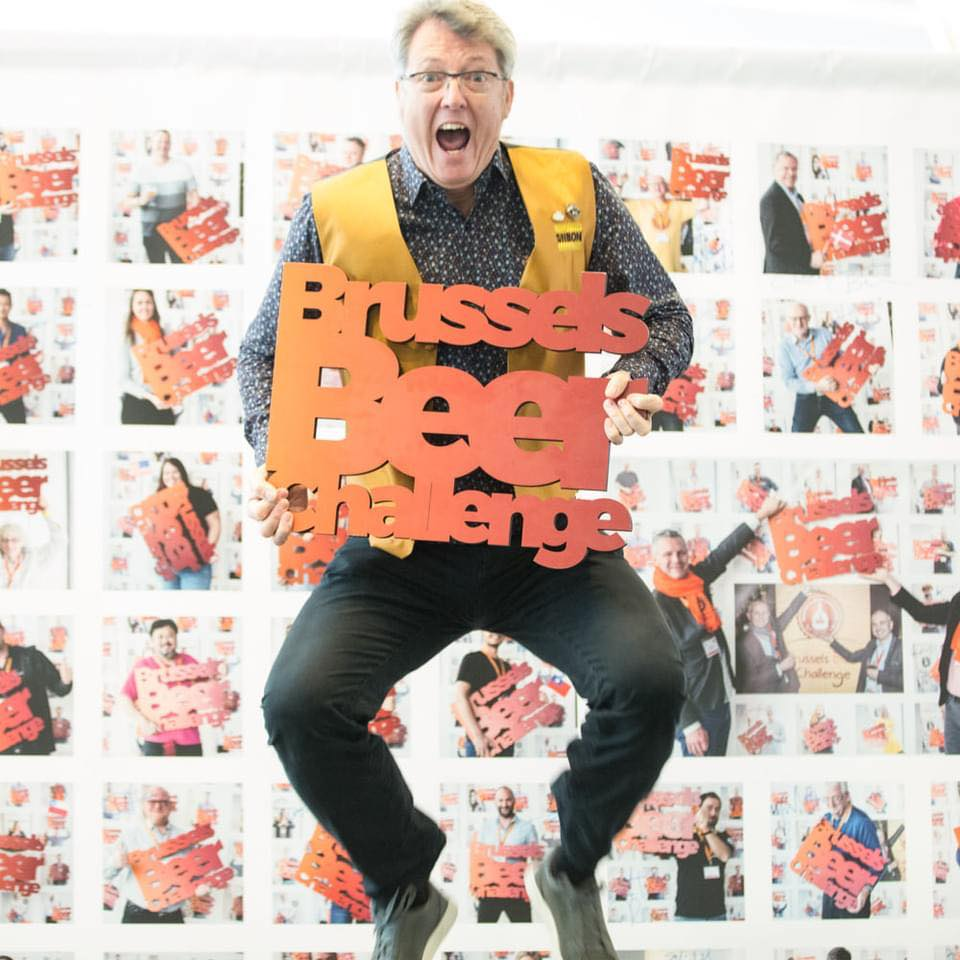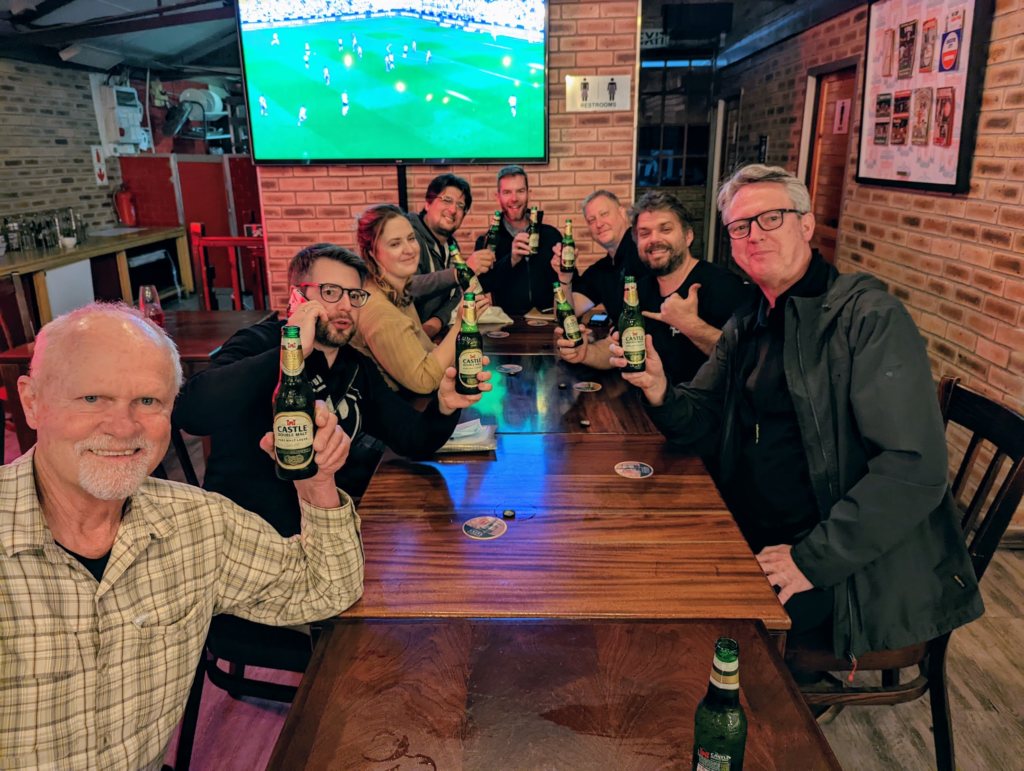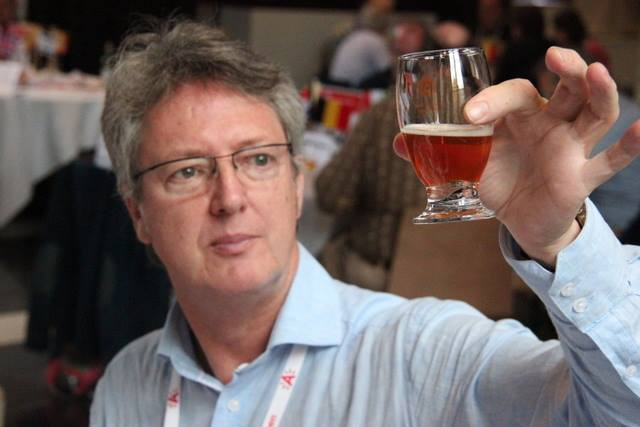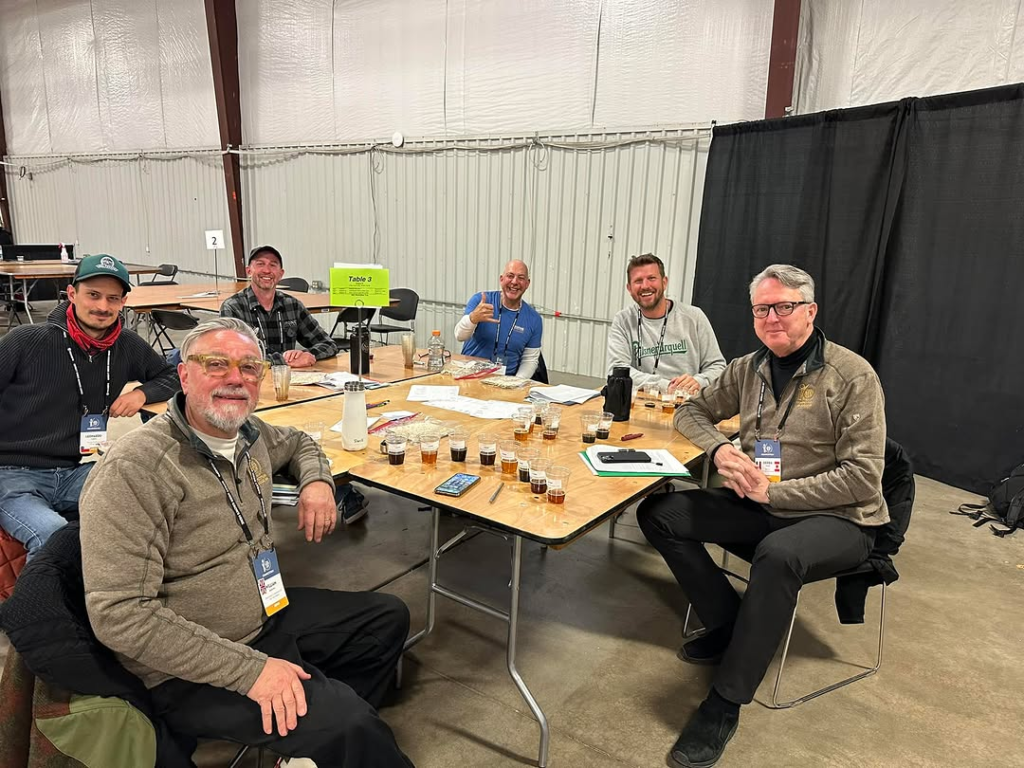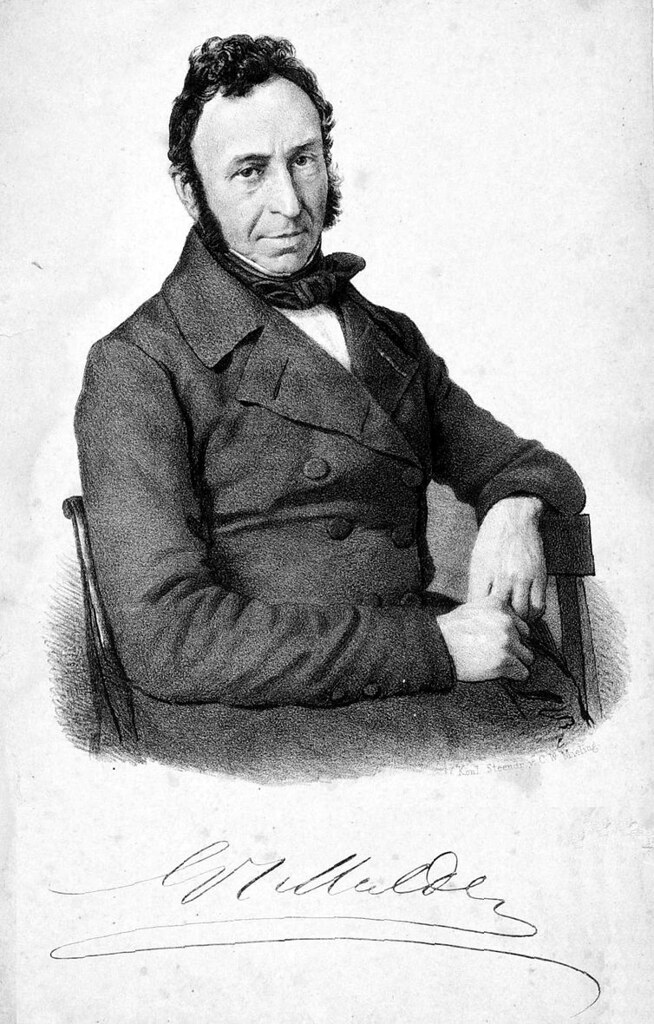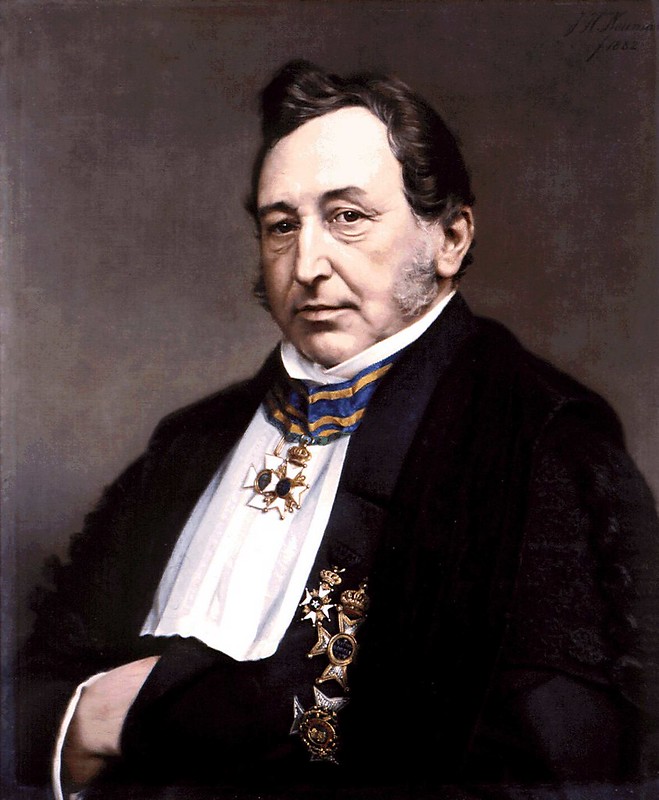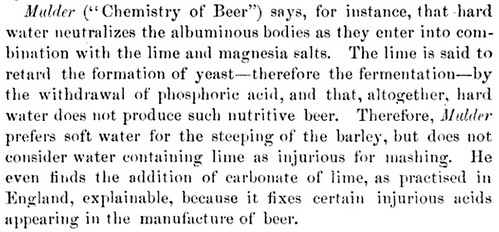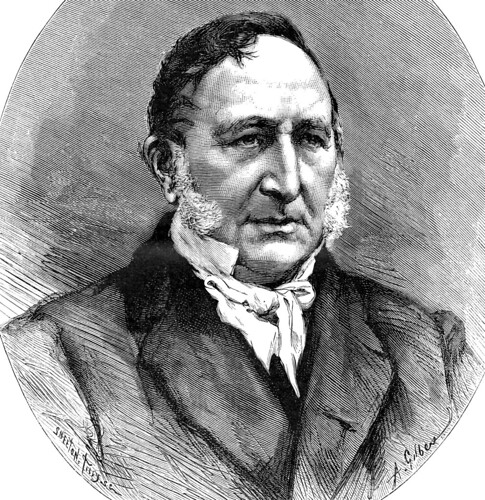
Today is the birthday or Rick Kempen, who is a Bierambassadeur at Bier&cO in Amsterdam, which is a specialized beer import, export and wholesale company. Originally, Rick studied economics but applied that to beer, working as a bartender before turning his attention to the exporting and importing of beer. I first met Rick at the Brussels Beer Challenge in 2014, and run into him frequently on the international beer judging circuit, and he’s definitely a fun person to share a pint with. Join me in wishing Rick a very happy birthday.








